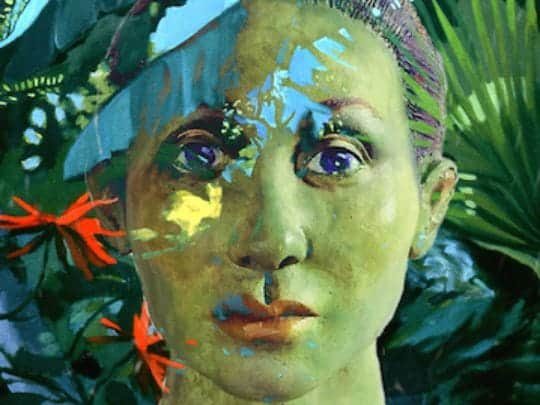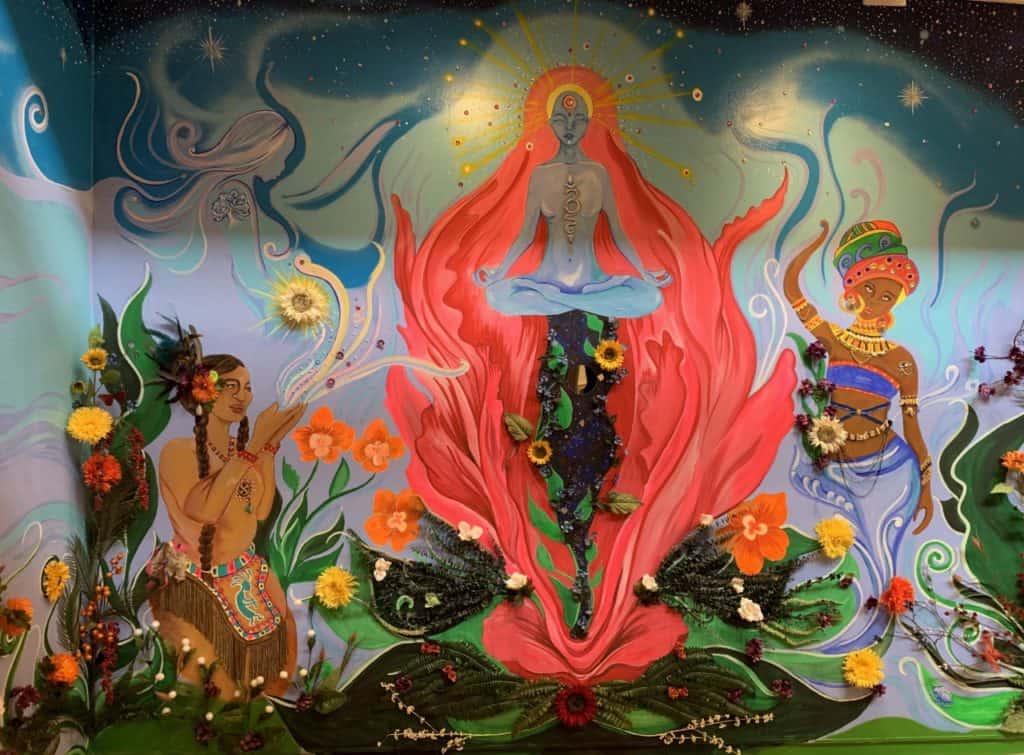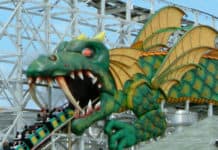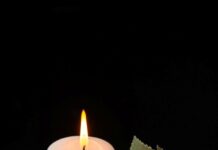

By Camryn Sanchez
Teeth lining a torso tattooed with red flowers, a protective army of faceless Ukranian dolls, and a charcoal drawing of a banana blossom by Georgia O’Keeffe. The new collection at the Hudson River Museum showcases artists from all walks of life with one invisible unifying thread: women.
At first glance, “Women to the Fore” might appear haphazard. In one room, there are works by over forty artists in all different colors, mediums, sizes, time periods, and styles. How-ever, this sampling of different themes makes its own statement. “We’re putting the past and the present sort of in a virtual connection with each other as if they could communicate over time,” says Laura Vookles, Chair of the Hudson River Museum curatorial department.
At “Women to the Fore,” each great art movement from the past 150 years is utilized. Women were historically restricted in art education, often forbidden from drawing nude models and instead were encouraged to paint fruits or flowers, however female artists have had a pres-ence in every art movement from surrealism to modernism.
The Hudson River museum displays as many art movements as possible in the exhibit, and allows artists to represent themselves further by writing art labels in their own words. “The vast majority of labels are quotes directly from the artists, and the very few times that they aren’t are mostly the 19th century artists where we couldn’t get direct quotes,” says Victoria McKenna-Ratjen, curatorial assistant.
I really want the generation coming out to experience this and to see it and to know that it’s pos-sible. It’s possible to do a mural in a museum… I want the next generation to see it, especially the girls.” Says Patricia Santos. Santos along with artists Nancy Mendez and Katori Walker created a large mural curated for the exhibit. All three women are Yonkers-based artists.
Walker says she was inspired to be part of an exhibit that celebrates women through time. “I think it’s something that should be shown more often. I think that it’s an opportunity to show that we do have a voice.”
“Everybody is connected, everybody has different stories, but we’ll all be able to relate to each other, and it’s a strong thing.” says Mendez, “We’re resilient. We’re strong. We’re warri-ors. Warriors of life. It doesn’t matter what age, what race, what color, none of that. We’re all fighters.”
For Vookles, curating an intersectional exhibit was very important. “Women to the Fore” has artists with different sexual orientations, ethnicities, nationalities, and ages, but there is unmistakably a sense of unity in the room. “This show is about the celebration that we’re all in it together and that we’re all celebrating each other and giving everyone a chance to be recog-nized.” Vookles adds.
The chance to recognize female artists is not one that museums regularly take. How of-ten do we walk into a gallery showcasing predominantly male artists, and never notice? “Now you will think about it if you walk into a gallery at another museum and you don’t see a single woman,” says Vookles. “Why should it be unusual that we walk into a room and everyone be a woman?”
Mendez states, “Ultimately although we all have our own journey we are all women, and we are all connected.”





